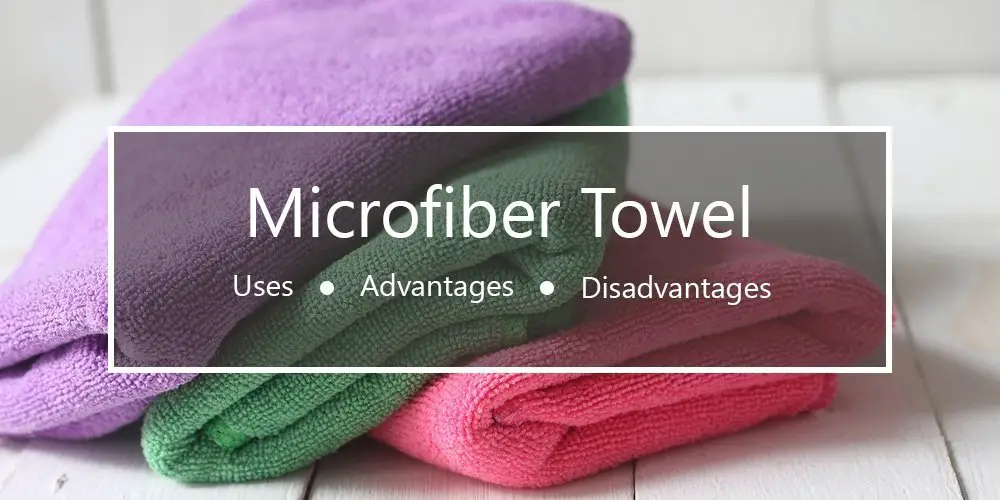Microfiber is an extremely thin fiber that is smaller and lighter than 1 denier. Denier is a measure based on a single strand of silk. So, microfiber is basically smaller and lighter than silk.
Microfiber is crafted from synthetic materials like polyester or polyamide, though other materials may be used to make it. Its fibers are often split and then woven together in a net-like structure to create absorbing towels or clothing. This structure makes microfiber towel is breathable, highly dirt-catching and water-absorbent, as well as pretty durable.

Uses of Microfiber Towels
Thanks to their great dirt-catching capabilities, microfiber towels are very suitable for the following applications:
- Scrubbing bathrooms.
- Cleaning kitchen appliances.
- Cleaning car interiors and even exteriors.
- Dusting your home.
- Wiping kitchen counters down.
Advantages of Microfiber Towels
- Effective at catching microbes. Microfiber is better than cotton in capturing bacteria. Needless to say, this feature is going to come in handy when cleaning your floors, kitchen counters, or whatnot. This benefit is partly due to the net-like structure of microfiber.
- Attracts dirt. The net-like layout of fibers in microfiber towels also makes them very good at catching dirt. While a regular cotton towel just pushes dust and dirt around, a microfiber towel effectively picks it up.
- Excellent reusability. Even though microfiber isn’t as strong as some types of cotton, it has great reusability. Microfiber suffers less from washing, due to which microfiber towels live longer. You could expect to get 400-500 washes from a single microfiber towel.
- Absorbent. Microfiber towel is more absorbent than cotton towel, though some cotton types – for example, Egyptian cotton towel – are usually more absorbent. Nonetheless, microfiber towels have great absorbency, which is why they are a popular choice for dealing with spills.
- Quick drying. Microfiber towel also tends to dry quicker than cotton towels, but this will again depend on which cotton towel we are talking about. Turkish cotton towels may be more quick-drying than microfiber.
And by the way, microfiber towels are also sometimes called quick dry towels, which speaks for itself.
Disadvantages of microfiber Towels
- Expensive. Microfiber towels are usually more expensive than cotton towels upfront. On the other hand, they are more cost-efficient in the long term due to their great reusability.
- Somewhat abrasive. Microfiber towels are usually pretty soft, but often not as soft as cotton towels. Moreover, some microfiber towels may even be abrasive, depending on what materials they are made from. Thus, a microfiber towel may not always be the right choice for cleaning delicate surfaces.
- Some materials are flammable. Is microfiber safe? Well, some microfiber textiles like polyester and cellulose are flammable, as well as emit toxic gases when burning. Even though you most likely won’t be burning a microfiber towel, this is a risk that you should be aware of.
- Not always eco-friendly. There are certain microfiber textiles that are not biodegradable and thus are an environmental hazard. Among such textiles are nylon and polyester.
However, some microfiber textiles are actually recyclable. An example of such a textile is polypropylene. So, if you do care about your environment, you’d want to go for a microfiber towel made from a biodegradable material.
